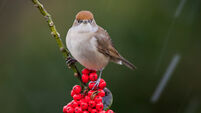Piet Oudolf is one of the the most eminent and revered gardeners in the world
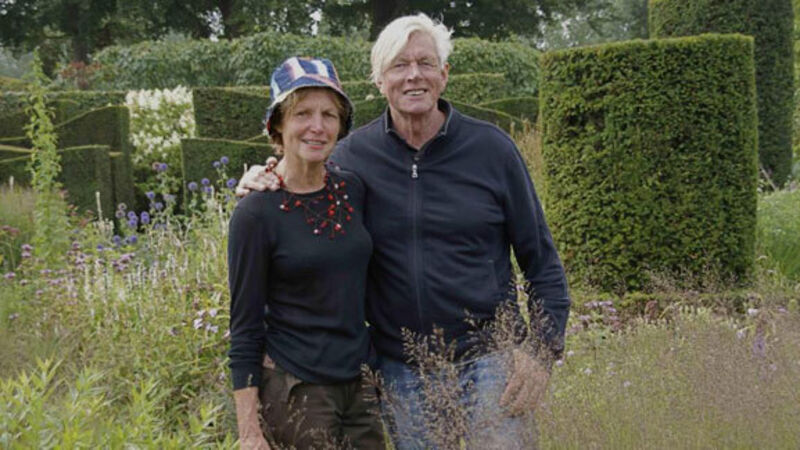
When you look at the amount of plant varieties available now to buy, it can seem a daunting task to narrow down the varieties to which ones should ‘make the cut’ and end up in your garden.
If you are relying on a flower to be the point of interest in a plant then you are relying on a finite time period, in some cases maybe just a few days and on the other extreme perhaps a few months.
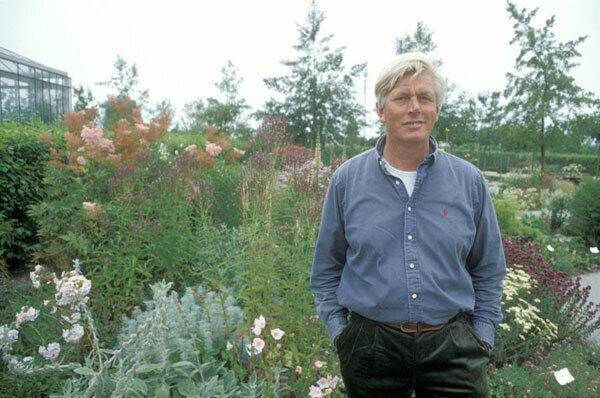
However, if you look for other attributes in a plant, then you open up a whole world of possibilities. Texture, structural elements, foliage shape and colour, these are all things that are more constant than the transience of blossoms.
Creating a garden is quite like creating a work of art. A brush stroke through the middle of a painting can be represented with a repeated planting of a particular variety in the garden.
You see then, the importance of not relying on flowers as the brush stroke could be absent from the painting for several months. One of the most well-known and influential modern day garden designers is Dutchman Piet Oudulf.
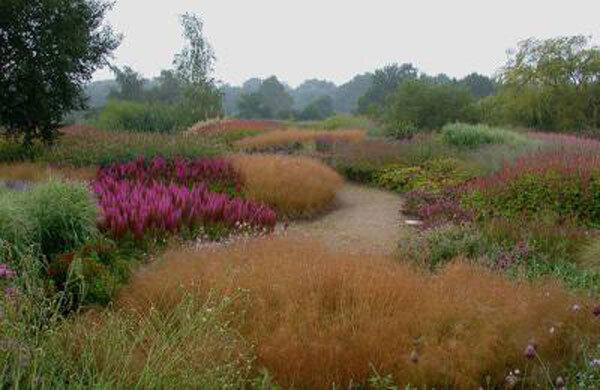
Having designed gardens is some of the world’s most best-known spaces — like the High Line in New York, Maximilian Park in Germany, Wisley, the Serpentine Gallery and Scampston Hall in the UK, he too uses plants for more than simply their flower colour.
Well, 70% of the time he does anyway, believing that at least 70% of a garden should be filled with plants that offer interest nearly all year long, the other 30% can contain more temporary displays.
His work is often copied and his influence are far-reaching with swathes of grasses mixed with bold perennials being his trademark.
One garden that I visited recently on my tour of Kerry gardens was a private garden halfway up a mountain in Dawros outside Kenmare.
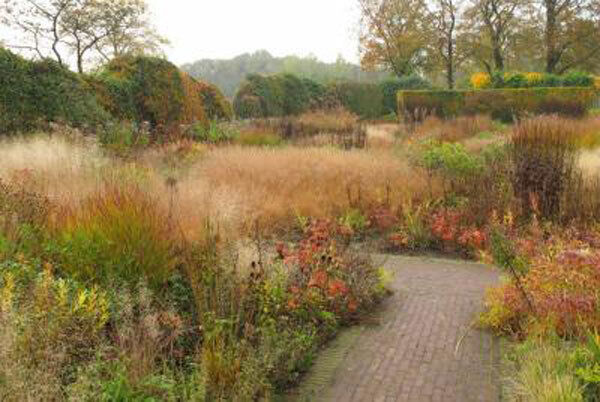
Nestled in amongst an ancient woodland of Oak and Birch the garden created by Charlotte Verbeek and her husband Andrew, (who is quick to point out that he is really there just for the donkey work, though I’m not sure if I totally believe him, I suspect his influence isn’t quite as small as he makes out), is as fine an example as you are likely to find of good garden design.
This is a recently created garden, Charlotte and Andrew have only been permanently living there for the last seven years, visiting regularly before then.
Oudulf’s style has clearly influenced the development of this garden and drifts and mass plantings of different grasses make ‘The Birches’ that most unusual of gardens.
It has been obviously designed, but at the same time merges seamlessly into the surrounding countryside.
This is probably the most important challenge when starting a garden in this most beautiful and stunning of backdrops, that it doesn’t scream at its greater environment, rather that it becomes part of it.
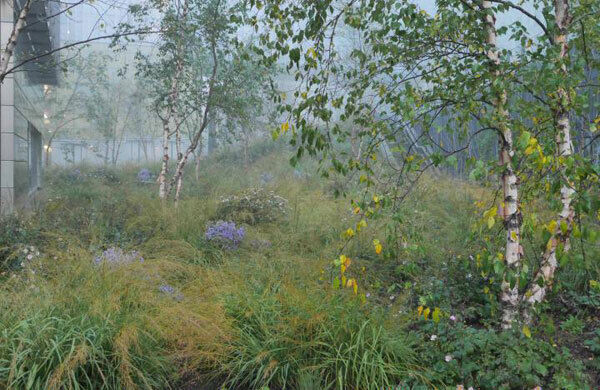
Miscanthus ‘morning light’ is one of the stars of this garden.
A line of it is planted on the lower side of one of the beds, mixed with Eupatorium amongst other perennials and when looking down on it from the terrace area, it provides bulk to the planting but then when you wander down one of the paths to another part of the garden and you look back at this bed from a lower area the Miscanthus looks completely different offering structure, elegance and continuity to the planting scheme.
Its only from this aspect that you see that the Miscanthus is what it’s all about, everything is worked around it and without this beautiful ornamental grass the entire scheme wouldn’t work.
‘Morning light’ is among my favourite of the Miscanthus varieties.
Smaller and entirely more delicate than most other varieties it will still reach an eventual height of about 1.2 metres with a spread of about 80cm.
It’s nothing like the giant elephant grass, also a Miscanthus called giganteus and used now as a biofuel crop, nor even as bulky as some of the other garden varieties such as ‘Kliene Fountaine’ or ‘Ferne Osten’.
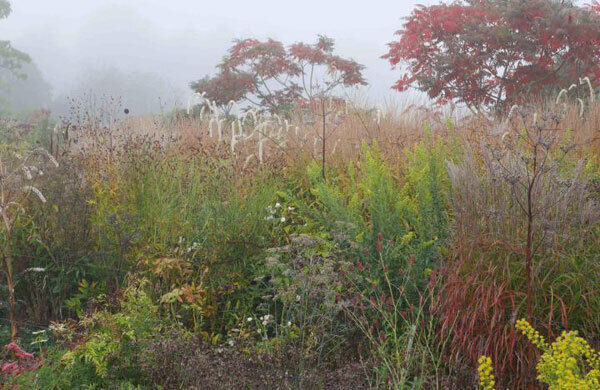
The delicate pale green leaves edged with white are narrower than other Miscanthus, which gives it a lovely airy elegance which is further added to, during these months when the panicles of silky flowers emerge tinged with pink.
Piet Oudulf is generous with his ideas and publishes a lot of his planting schemes online. You can find out more at oudolf.com.
An upcoming tour of “The Birches” is part of a garden programme through Parknasilla Hotel, for more contact info@parknasillaresort.com




